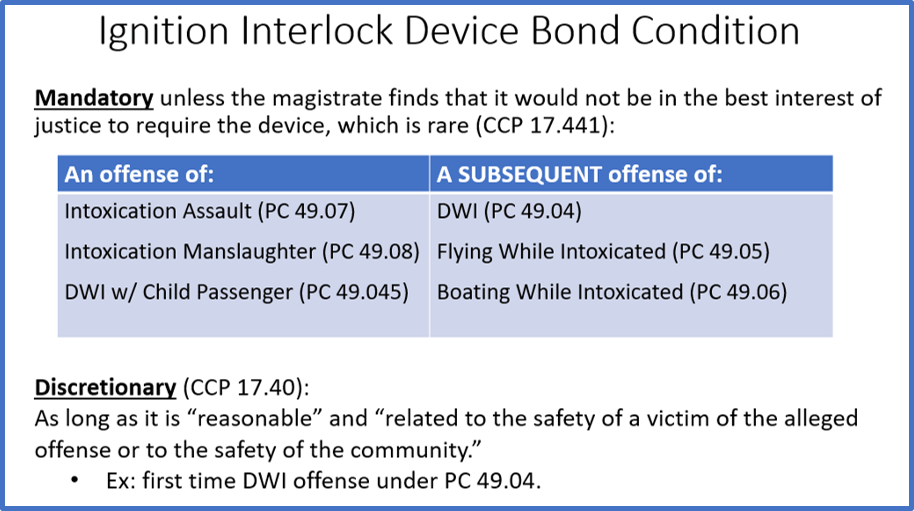We are rolling out a new “Spotlight” series on our blog. Each month, we will post an interview of someone from a justice court or constable office. Here is the first featured Constable.
Don Langford
Constable, Chambers County Precinct 2

Tell us a bit about your background.
I have over 42 years experience in law enforcement. I hold a Master Peace Officer, Mental Health Officer, Fire Arms Instructor, and Civil Process certification through TCOLE. I turned 21 at the DPS Academy in Austin where I went through A school 1970. I spent 8 years as a State Highway Patrolman. In 1974 I received the award of honor for valor by the Anahuac Area Chamber of Commerce. The newly incorporated City of Cove Texas also proclaimed Don Richard Langford Day that year. I was very appreciative and humbled by their actions.
In 1978 I got out of law enforcement and went to work for Exxon. In 1980 while working on a well in Trinity Bay a crew boat driver let his boat get away, and my left leg was crushed below the knee. I lost my left lower leg as a result. In 1981 the late C. E. “Chuck” Morris then Sheriff of Chambers County and a former Highway Patrolman reactivated my commission as an unpaid deputy. Then in 1985 he asked me to be his Chief Deputy. I held this position until I was elected constable in 1990.
I have been married to my beautiful wife Debby for 48 years and have a beautiful and talented daughter, Dolores, that works for an Engineering Firm in Houston. I also have a very talented and avid outdoorsman son, Daniel, who is a construction manager for a major home building company in Houston.
I also have 4 grandchildren that I am very proud of.
My interests include travelling. I have been to most states and over 30 Countries. For my 66th birthday I did a tandem skydive. Two years ago, I bungee jumped off the Kawarau River Bridge in Queenstown New Zealand. I have just recently returned from China where I hiked up and along the Great Wall.
If it is God’s will, I plan on retiring at the end of my term in December 2020. I have had a wonderful and blessed career in law enforcement.
What made you decide to become a Constable?
At the time I decided to run for constable I was chief deputy sheriff in Chambers County. I wanted to serve my community in a less volatile atmosphere and on a more personal level.
What is something innovative, interesting, or fun your office does?
I have two very fine ladies in the office that are involved in just about every local event, from helping with baccalaureate services, 4-H events, Chicken club, trunk-or-treat and beyond. My fellow mid-county constables and I have also sponsored the local 4-H skeet team.
What is the best part about your job?
The absolute very best part of my job is interacting with the people in my community.
Every day I am at the local convenience store at five in the morning drinking coffee, greeting, and visiting with my constituents as they are on their way to work.





